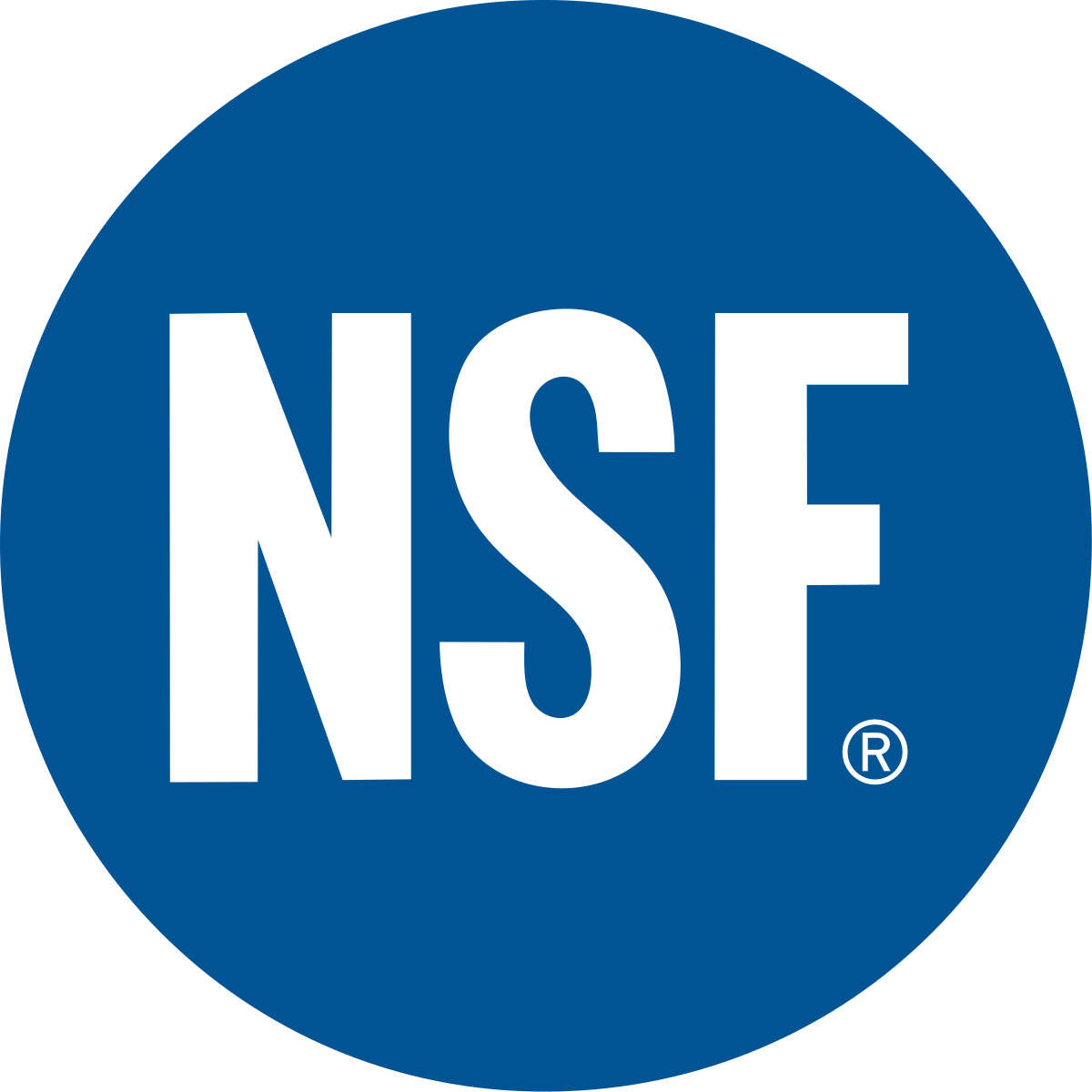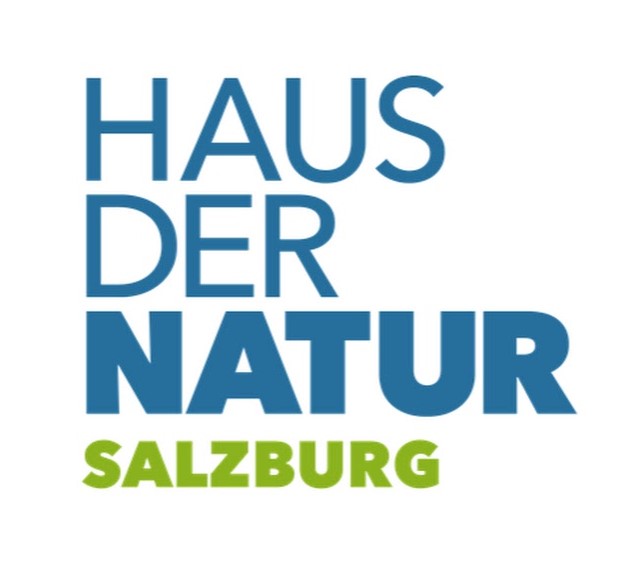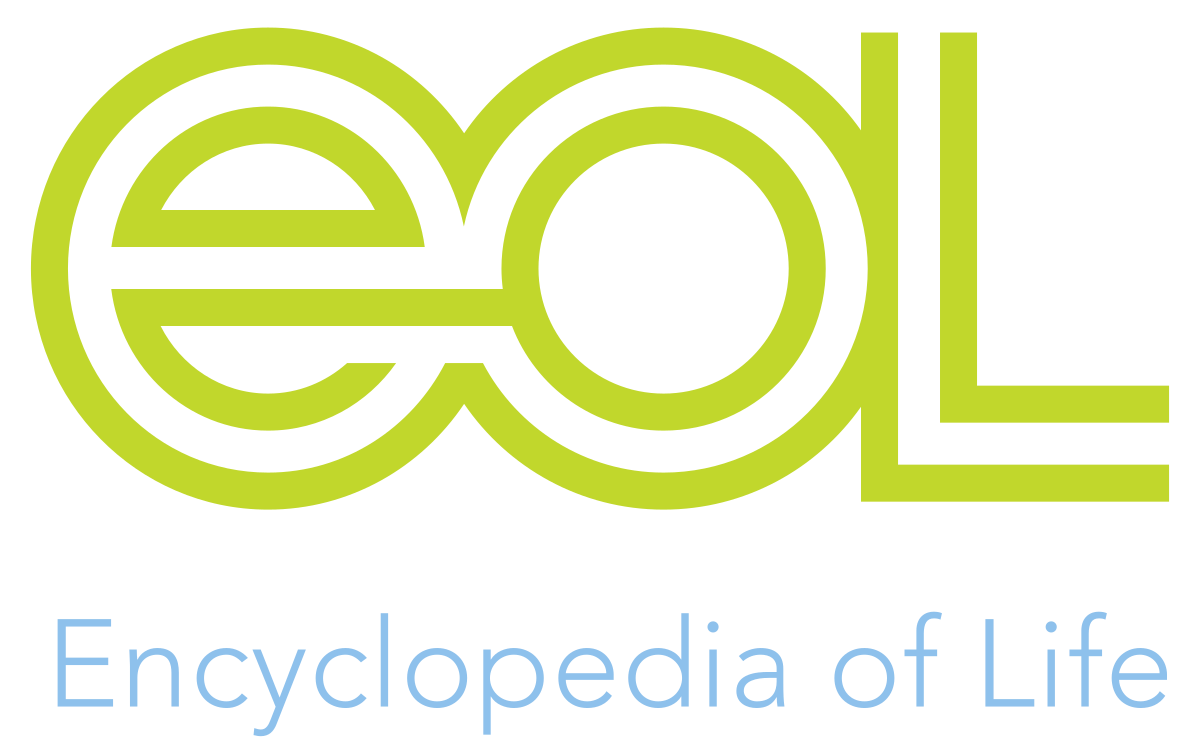- دولابية
- چرخداران
- किरीटी
- Hjuldyr
- Hjuldjur
- Калаўроткі
- Kerekesférgek
- Keriloomad
- Kolnjaci
- Коловратки
- Коловертки
- Luân trùng
- 轮虫
- Raderdieren
- Rädertiere
- Rataseläimet
- Ротаторија
- โรติเฟอร์
- Rotifera
- Rotiféres
- Rotiferi
- Rotíferos
- Tekerlekli hayvanlar
- τροχόζωα
- Verpetės
- الدوارات
- Vířníci
- Vírniky
- ワムシ
- Wheel animals
- Wrotki
- Хурдхорхой
- 윤형동물
About
The Rotifer World Catalog (RWC) was initiated in 2006, with the goal to set up an individual page for every rotifer species. Database development was by Martin F. Leitner and C. D. Jersabek and the Rotifer World Catalog (RWC) first went online in 2013, then hosted by the ‘Haus der Natur’ in Salzburg, Austria. The current version is developed in cooperation with VLIZ DMT, with C. D. Jersabek and H. Segers as editors responsible for all scientific content of the RWC.
The RWC now includes a complete inventory of all available and unavailable species- and genus-group names published before 2000, and all more recent ones known to us. The RWC not only covers nomenclaturally available and taxonomically valid names, but also rotifer names that were never available and names that are currently treated as invalid. Higher (suprageneric) taxon names have so far been included only if they are considered to be taxonomically valid. This names-based infrastructure is here used to relate an ever growing amount of associated biological, distributional, bibliographical and image data to individual taxa. See data summary below.
Rotifer nomenclature for names established prior to 2000 in the RWC is fully compliant with the Rotifera part of the List of Available Names in Zoology (Rotifera LAN).
Rationale and significance
Rotifers are highly diverse and among the most conspicuous of freshwater micro-metazoans, and occupy key positions in aquatic ecosystems. Efforts to use rotifers in environmental surveys and in the evaluation of fresh waters have been made, but their confused taxonomy and the difficulty of identifying them reliably jeopardize their use in applied studies. The significance of rotifers as biological markers is therefore still largely unappreciated. More comprehensive taxonomic surveys and better identification aids are required before rotifers can be used as the powerful tool they promise to be in aquatic ecological studies.
By means of the RWC we endeavor to increase taxonomic efficiency, stabilize nomenclature, make rotifers more readily accessible for inclusion in biotic surveys, and stimulate descriptive and ecological research on them, for the benefit of both basic science and applied aquatic research. It should also help to make these organisms more popular in biodiversity and conservation issues.
Scope
The RWC is an open access knowledge base of global scope that offers access to rotifer nomenclature, taxonomy and classification, natural history collections, geographic distribution, environmental data, and bibliography for all currently accepted species-, genus- and family-group names in Phylum Rotifera. It serves as an authoritative, regularly updated account for all 4400+ nominal taxa of genus rank and below, that were named since the start of zoological nomenclature in 1758. It also provides a consistent framework for taxonomic data management, allowing collecting, integrating and arranging of complex future data and knowledge about the group.
The Catalog relies predominantly on verified (expert validation) and verifiable (via referencing) species records. Doubtful records and misidentifications are corrected, or, where they cannot be verified, discarded to unburden rotiferology of records which currently hamper taxonomic analyses and obscure distribution and habitat preference patterns.
Taxonomic coverage includes all free-living groups that are traditionally recognized as belonging to Phylum Rotifera (Monogononta, Bdelloidea, Seisonacea), but not the closely related endoparasitic Acanthocephala. Geographical coverage includes the world’s major zoogeographical regions and subregions as originally defined by Wallace (1876)*, plus Pacific and Antarctic regions, as well as political divisions from country to provinces.

Limitations and Strengths
The RWC is a work in progress, and as such is incomplete. Occurrence records – other than large-scale zoogeography – and ecology data are particularly patchy. More such data are continuously being added to the database, along with associated illustrations and photographs, references, specimen and habitat images. Some of the data entries are preliminary and have not yet been subject to full verification. The primary data sources are published and expedition materials, applied research, and specimen data from natural history collections. All of these are, or will be, geo-referenced in WGS84-format to allow tracking rotifer records and localities on the world map.
The comprehensive searchable and browsable nomenclator, and the taxonomic “backbone” with evaluation of nomenclatural and taxonomic status for all 4000+ nominal taxa, are as up-to-date as currently available. This includes synonymies, facsimile copies of original descriptions and subsequent literature records, information on type depositions in 70+ repositories, and global biogeography. These cover >99 % all ca. 2100+ species and infraspecies that are currently treated as valid. These data also served as a basis for compiling two Parts of the List of Available Names in Zoology for phylum Rotifera, both genus-group names (Jersabek et al., 2018a) and species-group names (Jersabek et al., 2018b) established before 1 January 2000, as adopted by the ICommissionZN in April 2019 (https://www.biotaxa.org/bzn/article/view/50666).
The image database now holds 19.000+ diagnostic illustrations, specimen images, live observations, and habitat documentations (see database-statistics).
Statistics
At present (24 March 2025) the RWC stores 4041 nominal taxa of specific or infraspecific rank, of which 3074 are nomenclaturally available names sensu ICZN. 99,4 % of all names were checked against their original publication.
Including scientific names at all ranks, the RWC-Nomenclator currently amounts to 4421 names.
| Taxon Statistics | Data Statistics | ||
|---|---|---|---|
| Species-level taxa, all | 3559 | Occurrence records, all | 23499 |
| Species-level taxa, valid | 2187 | Occurrence records, georeferenced | 10448 |
| Species synonyms | 655 | Illustrated records (published artwork & photographs) | 16552 |
| Species inquirendae et incertae sedis | 649 | Bibliographic references | 4095 |
| Species nomina nuda | 49 | Localities, georeferenced | 2102 |
| Genus-level taxa, all | 332 | Collecting events, georeferenced | 4213 |
| Genus-level taxa, valid | 145 | Habitat images | 1638 |
| Genus synonyms | 126 | Specimen images (museum specimens and field observations) | 889 |
| Genera inquirendae et incertae sedis | 38 | Specimen preparations, all | 5264 |
| Genus nomina nuda | 5 | Specimen preparations, all type material | 1994 |
| Families, valid | 37 | Specimen preparations, name bearing types | 1204 |
| Orders, valid | 4 | Repositories | 79 |
| Superorders, valid | 2 | ||
| Subclasses, valid | 2 | ||
| Classes, valid | 2 |
Citation
Usage of data from the Rotifer World Catalog in scientific publications should be acknowledged by citing as follows:- Jersabek, C. D.; Segers H.; Leitner M. (2025). Rotifer World Catalog (RWC). Accessed at https://rotifera.aphia.org on 2025-12-07. doi:10.14284/761
Individual pages are individually authored and dated. These can be cited separately: the proper citation is provided at the bottom of each page.
Support and participating Institutions
The RWC was partly funded 2005-2009 by the U.S. National Science Foundation’s Biotic Survey’s and Inventories Program (DEB-0417999), with administration by the Academy of Natural Sciences of Philadelphia (now Academy of Natural Sciences of Drexel University). Additional financial support for adding content to species pages was provided 2012/2013 through the Encyclopedia of Life’s Rubenstein Fellowship to C. Jersabek. Infrastructural support, including appropriate research space and departmental support, has been provided by the University of Salzburg. Before transfer to the Aphia platform by the WoRMS data management team at VLIZ in March 2025, the website was hosted by the 'Haus der Natur' Museum in Salzburg (2013-2024).






